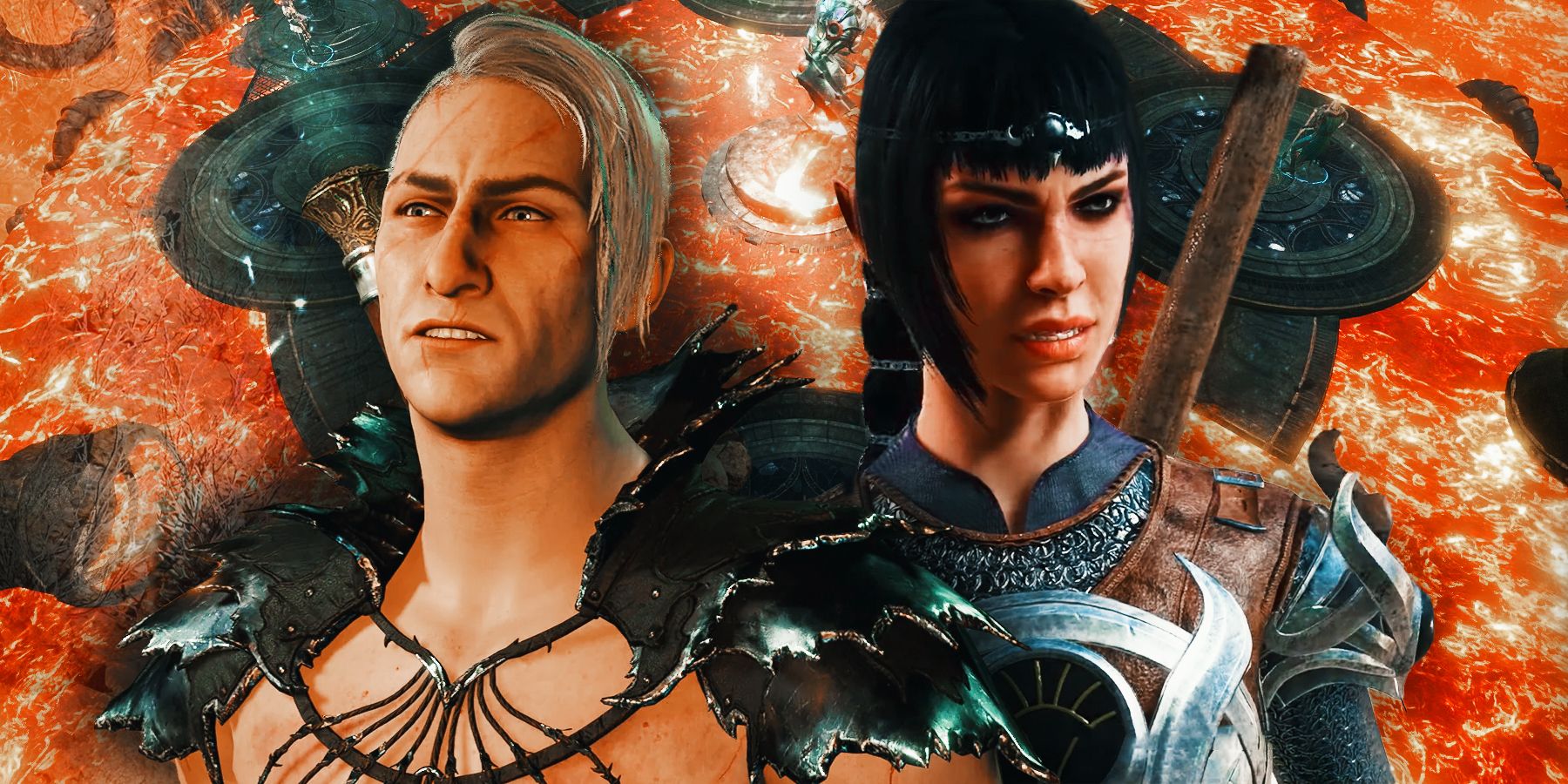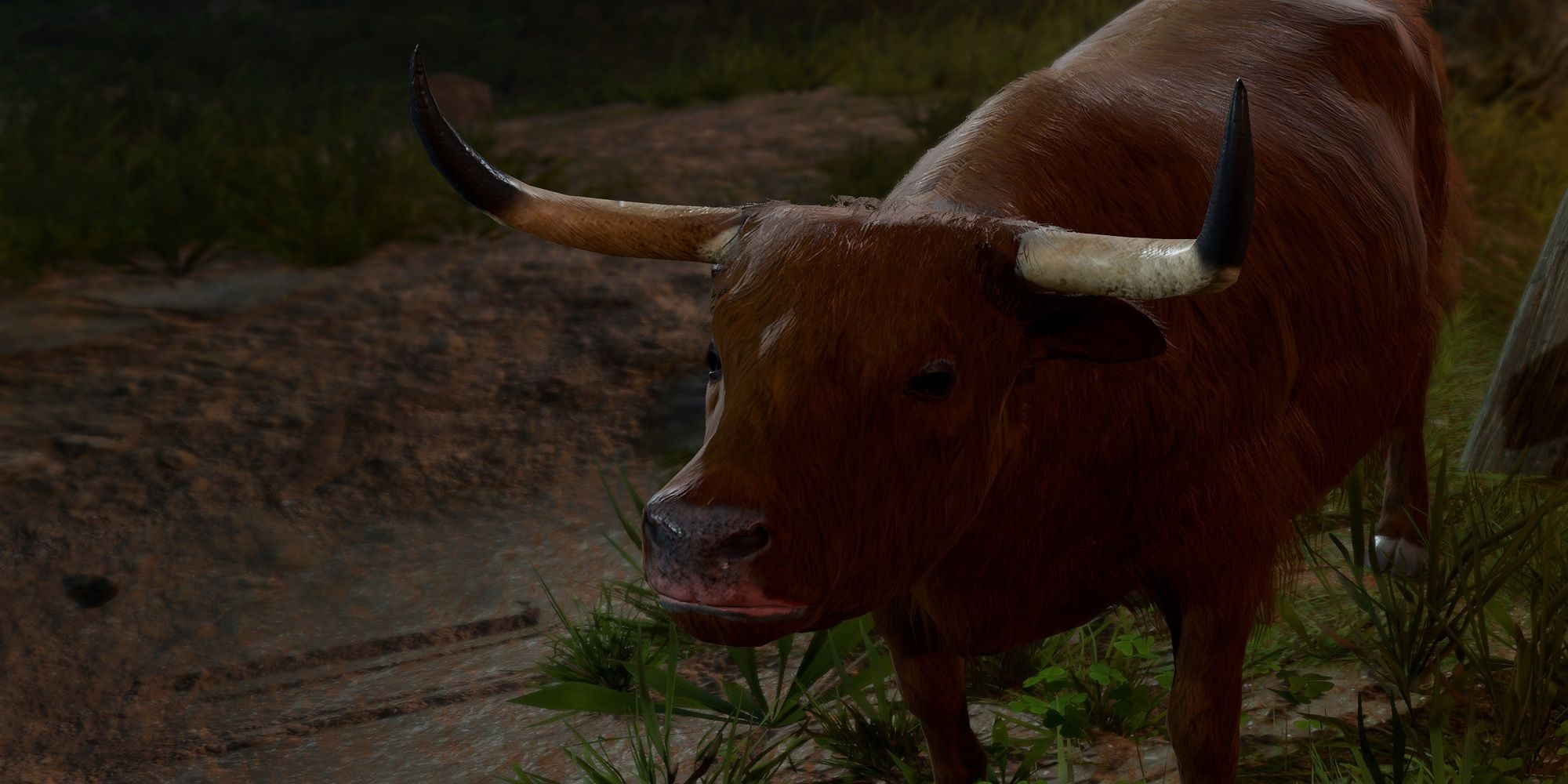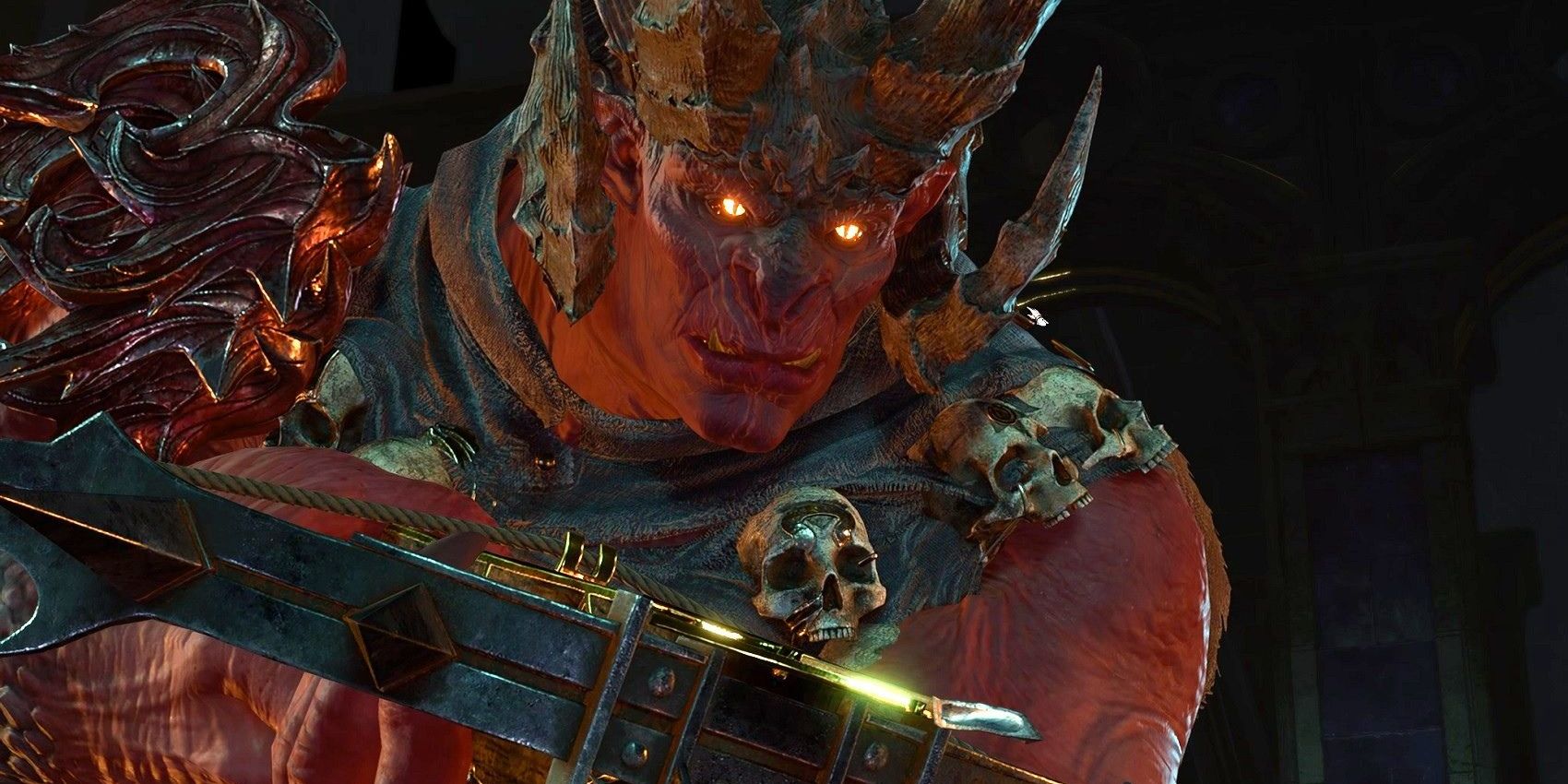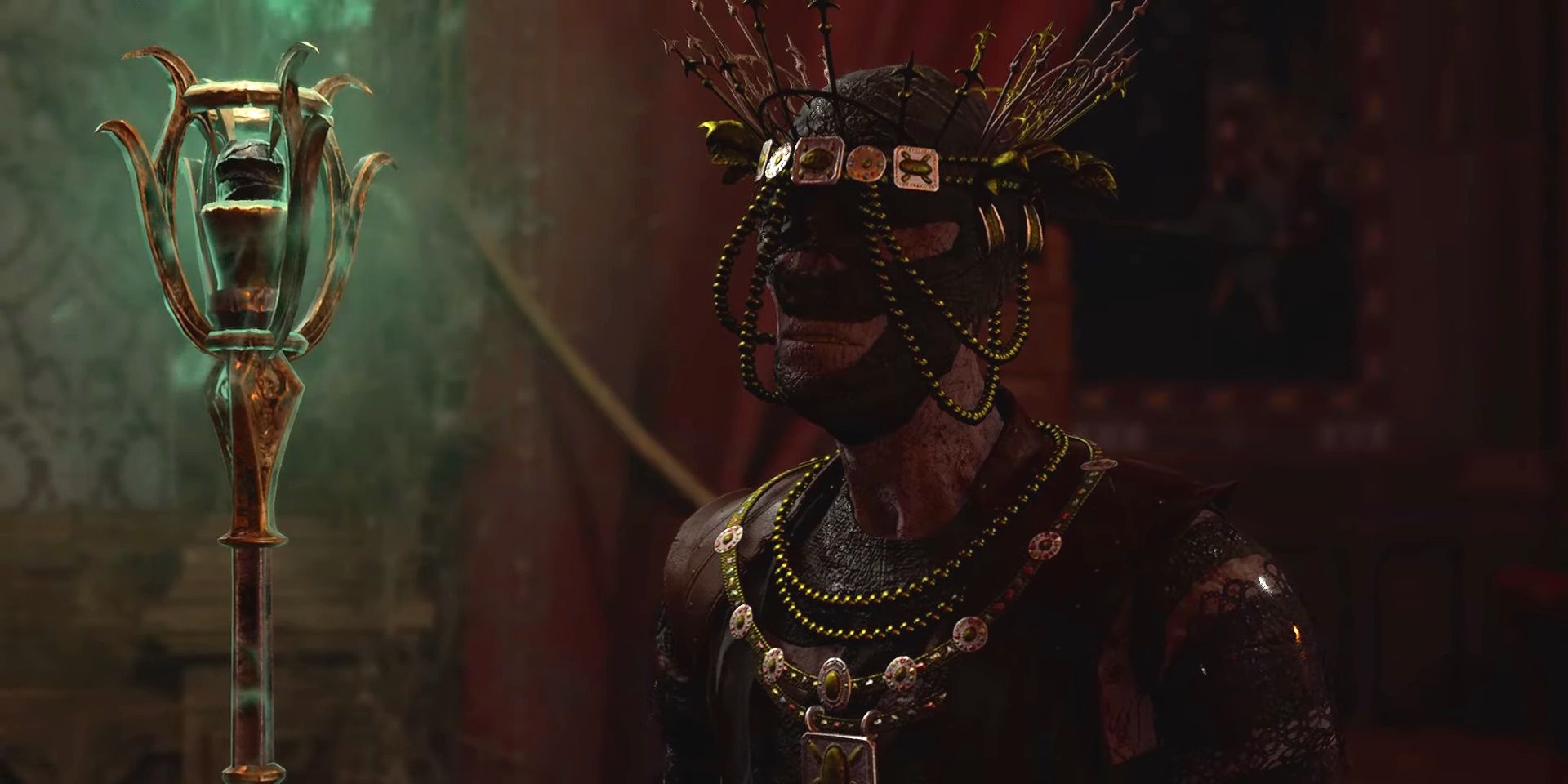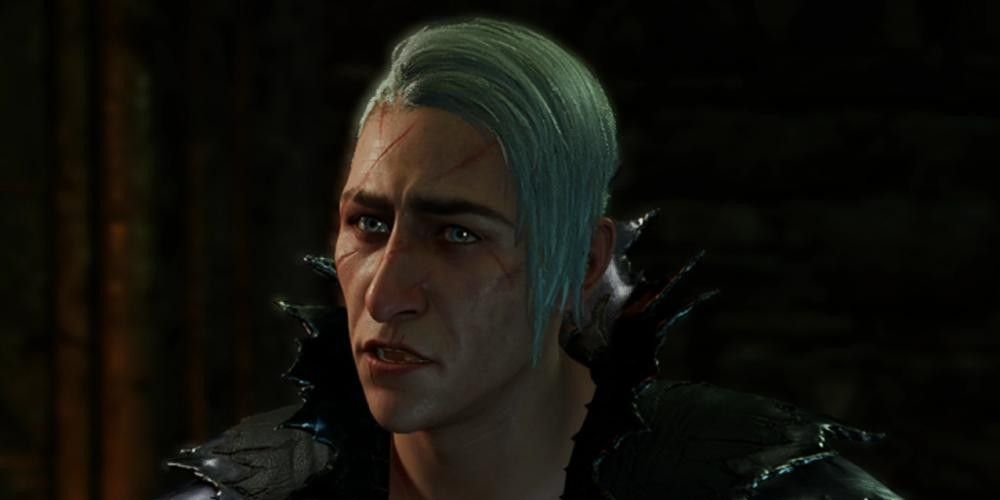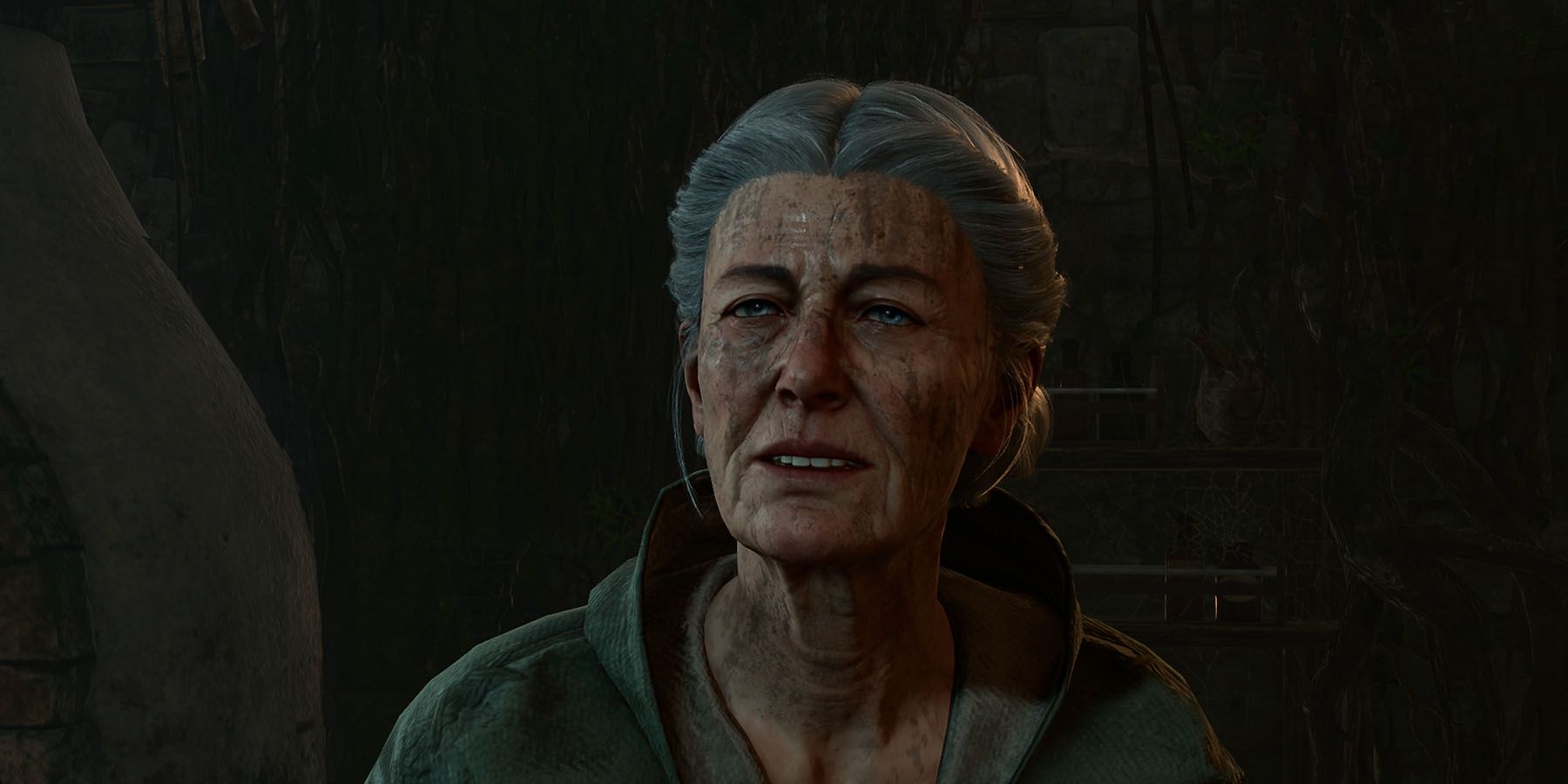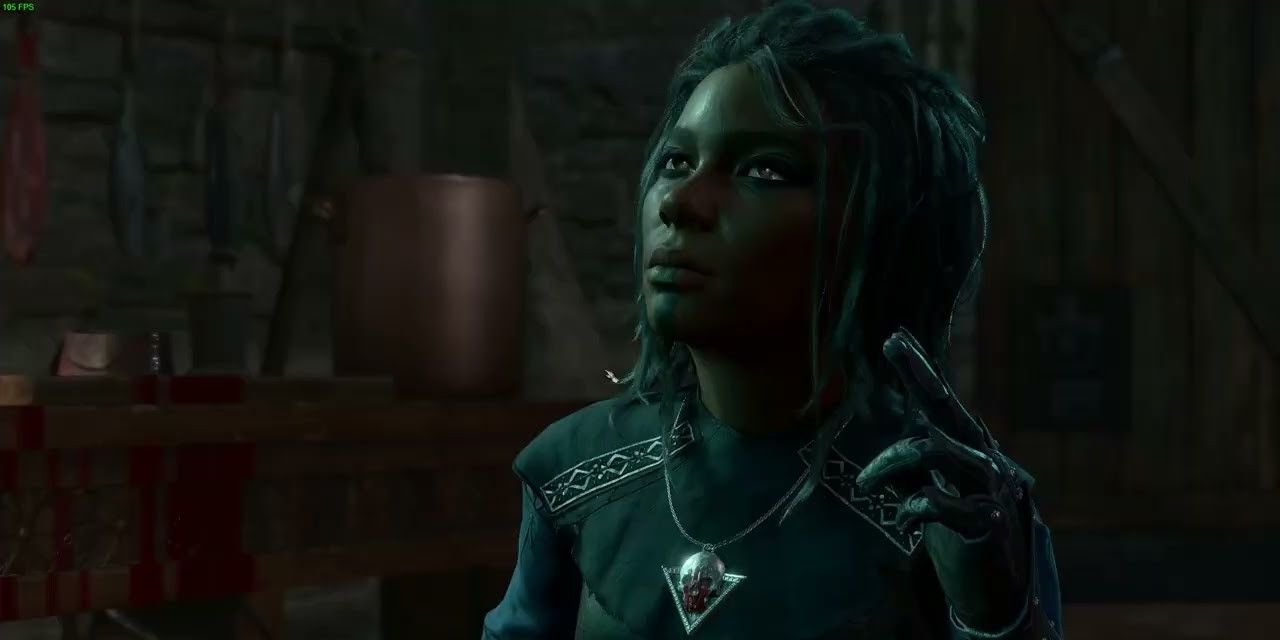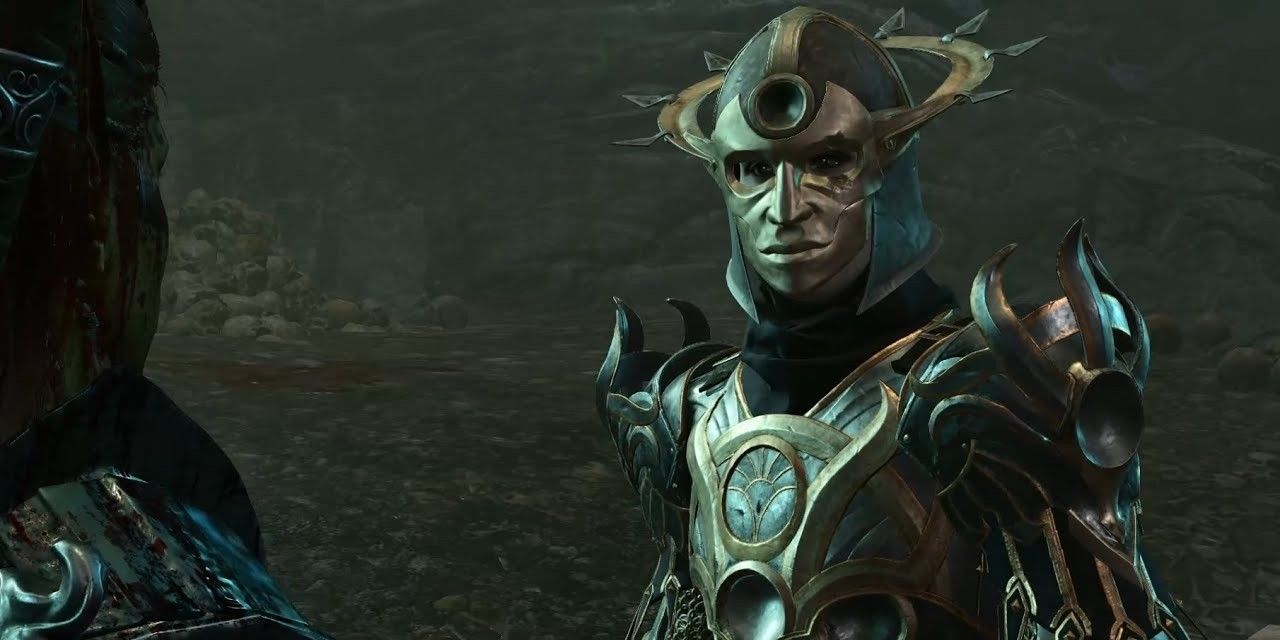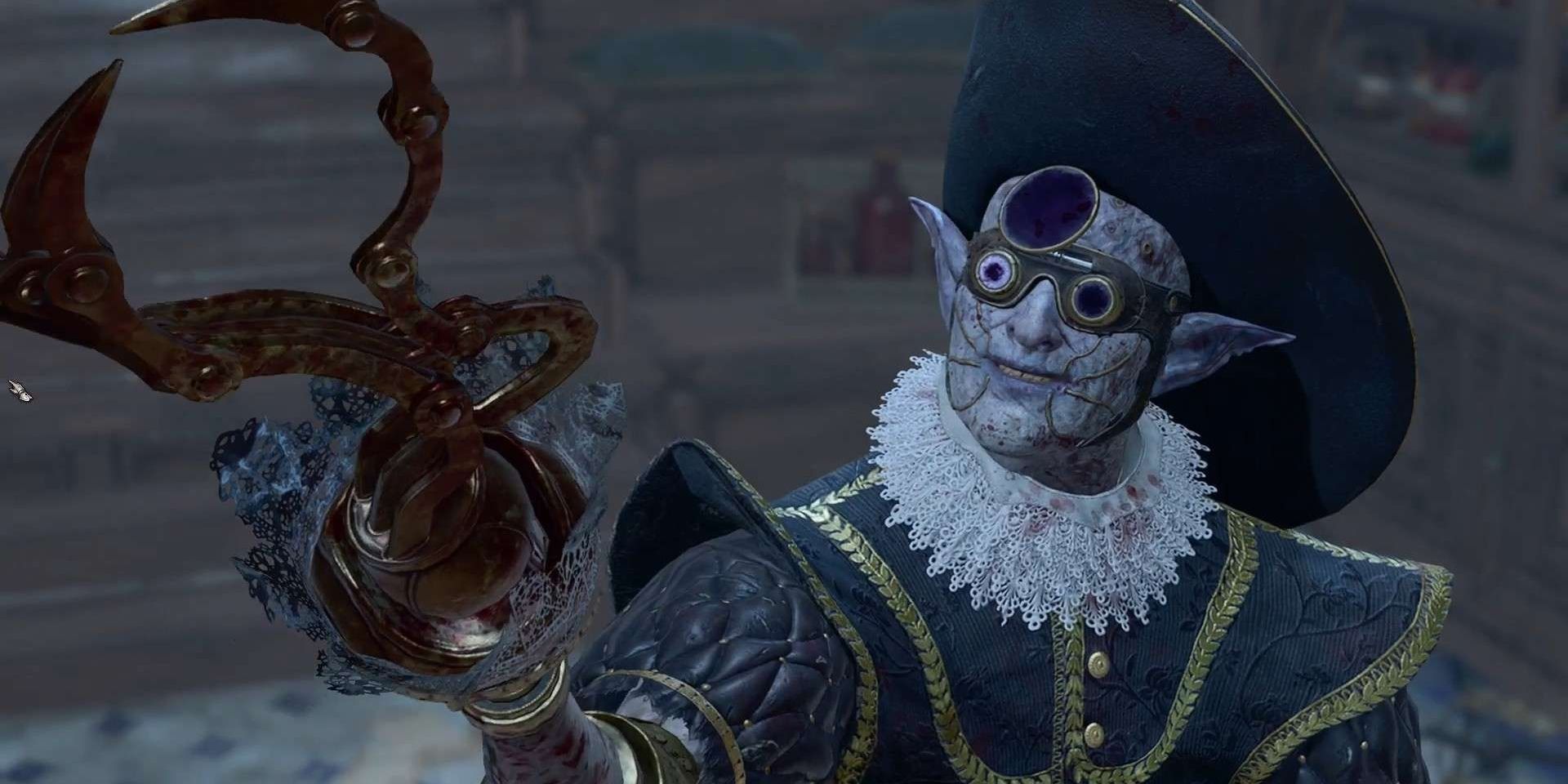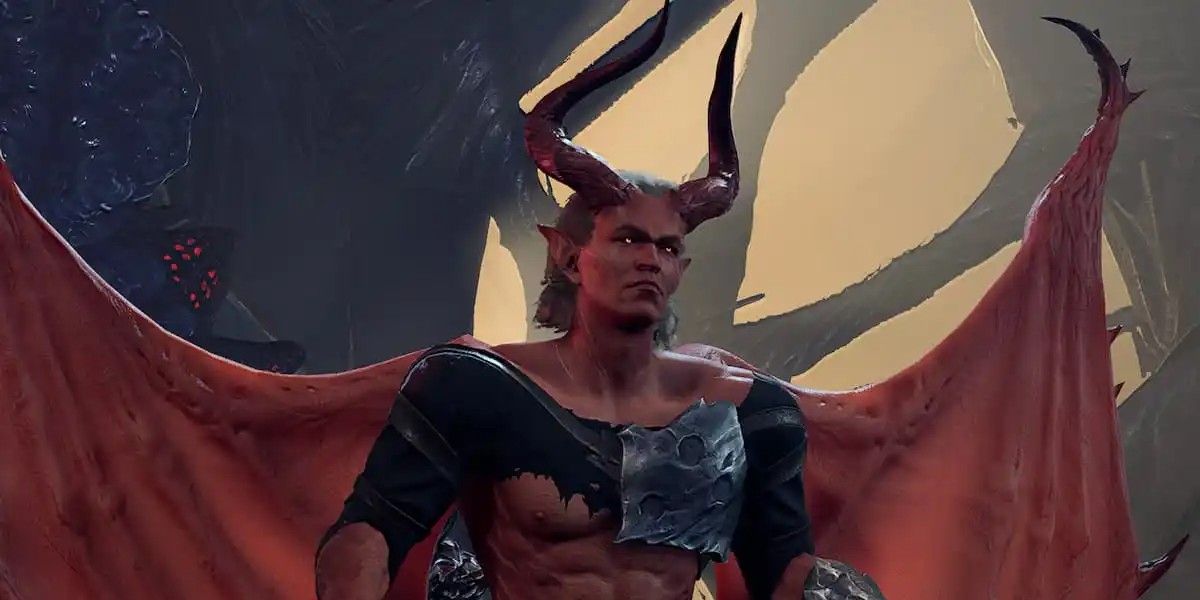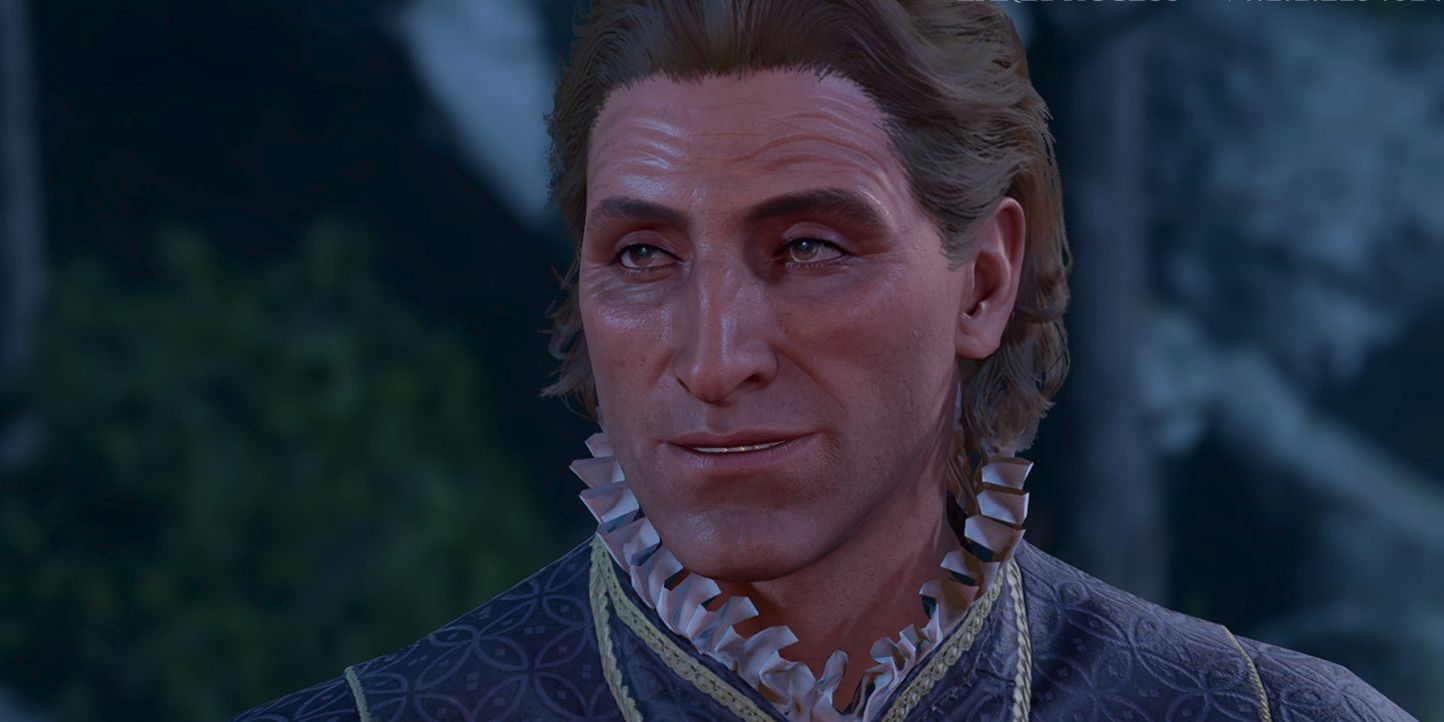Summary
- Baldur's Gate 3 allows players to make significant decisions that can alter the course of the game, including killing certain NPCs for material gain or to change the overall narrative.
- Killing NPCs, even if diplomacy is an option, can be justified in some cases, such as with characters who reveal their true nature as unpleasant and dangerous.
- Killing certain NPCs can also provide players with valuable items or weapons that can greatly benefit their gameplay experience.
One of the crowning achievements of Baldur's Gate 3 is the player's ability to make consequential, substantial, and significant decisions - choices that can enormously alter the course of a playthrough. Although these choices can be diplomatic in nature, some of the game's NPCs are better off dead - both for the player's experience and, in some cases, the overall narrative. Dispatching certain characters can have little to no long-term effect beyond material gain; however, killing other characters can drastically change the game's overall landscape, its events, and even, in a few examples, the ultimate conclusion of a run-through of the game.
[Warning: The following article contains spoilers for Baldur's Gate 3.]
Baldur's Gate 3 is an incredibly ambitious roleplaying game where events are dominated by the decisions the player makes. From builds, companions, and weaponry, to decisions regarding the fate of NPCs, Baldur's Gate 3, unlike many other RPGs, allows the player to substantially affect the narrative they experience. Beyond the game's expansive story, there are also numerous excellently crafted side quests. Although killing NPCs, especially when diplomacy is almost always an option, may seem cruel, there are truly some characters that are, for a variety of reasons, better off dead.
10 Strange Ox
The Strange Ox is one of many examples in Baldur's Gate 3 that appearances can be deceiving. Although masquerading as an ox, the Strange Ox is far more than meets the eye. Though the Strange Ox offers a great deal of narrative clarification, and therefore, should be spared until Act Three, it is a rather unpleasant beast, and killing it would not be wholly uncalled-for. Interestingly, upon killing the Strange Ox, it will revert to its deeply disturbing natural form. Beyond deserving it, killing the Strange Ox will allow the player to collect some great loot including the Shapeshifter’s Boon Ring.
9 Yurgir
Primarily a figure in the "Kill Raphael's Old Enemy" quest, Yurgir is a character that evokes conflicting emotions. Although he is unquestionably not a moral or friendly character, there is no real benefit to killing him. That being said, from an ethical perspective, the player could get retribution for a great deal of pain and prevent an even greater deal of future harm by prematurely ending the life of this demon. Ultimately, no matter what the player chooses, Yurgir is destined to endure a painful end.
8 Mystic Carrion
Encountered in Act Three, Mystic Carrion is a significant figure in the "Free The Artist" side quest. This side quest sees Mystic Carrion request the return of his runaway undead servants to him; however, his servants all want their freedom and fear that they will be killed in retaliation for having absconded. This master and slave dynamic certainly can justify the death of Mystic Carrion, and killing him, although not easy, is an entertaining battle.
7 Abdirak
A priest of Loviatar, Abdirak is encountered early in the game in the Goblin Camp where he serves as a sort of torture consultant to the goblins. This sadomasochistic priest can be a valuable companion; however, this is primarily owing to his powerful mace - a mace that the player could simply kill him for instead. Although there are bonuses to keeping him around, he isn't the greatest of companions, and maybe a swift death would be the best option.
6 Auntie Ethel
Auntie Ethel, although seemingly a nice old lady, is in fact, an excellent candidate for death at the hands of the player. Oddly enough, the player can kill her twice - once in Act One and a second time in Act Three. Though helping Auntie Ethel comes with certain advantages, she is one of the most unpleasant characters in the game, and certainly not the kindly and helpless woman she appears. Auntie Ethel is a powerful Fey masquerading behind her faux appearance - her true form is more interested in torturing and killing children - a crime that certainly justifies her death.
5 Linsella
A devotee of the Cult of the Absolute, Linsella can be encountered in the second Act in Moonrise Towers. Although the player can kill her with their own hands, a more entertaining way to permanently dispatch Linsella is to get the help of gnolls. Linsella possesses total control over a small group of gnolls, if the player ends her connection with them, they will take revenge and kill her. Furthermore, the player can befriend this small group, and they assist in an assault on Moonrise - doing so will make Moonrise a significantly less challenging battle.
4 Lyrthindor
Lyrthindor is the leader of a rat cult that worships Shar - the goddess of darkness and loss. Although a case can be made for killing Yurgir, if the player chooses to employ him as an ally, they must kill Lyrthindor. Composed of a swarm of rats, Lyrthindor made a deal with Raphael to spare his life; while he does not necessarily pose a threat to the player, his extermination is potentially so beneficial that his death can be a huge bonus.
3 Malus Thorm
Though the entire Thorm family could conceivably be reasonable candidates for a premature end, Malus Thorm certainly deserves to meet the end of a blade. Although he is evil and, therefore, morally merits death, the principal reason he should be killed is to obtain an item he carries - the Battered Loot. The importance of this item can not be understated - it is a necessary key to waking Art and uncovering how to end the shadow curse. Although this can be a challenging battle, there are methods to convince Malus to practice what he preaches.
2 Commander Zhalk
The first optional boss encountered on the way back on the Nautilod, Commander Zhalk is a particularly difficult fight; however, he certainly deserves to be taken out - principally as he possesses an incredibly powerful early-game weapon, the Everburn Blade. The weapon is so powerful that the player may not even be able to equip it when they obtain it, but they can always pass it on to a companion for temporary safekeeping.
1 Raphael
Throughout a playthrough, players may develop a love-hate relationship with Raphael - it can be particularly cathartic, therefore, to kill him at the end of the game. Siding with Raphael will offer the player an archetypical deal with the devil - the Orphic Hammer in return for the Crown of Karsus. Although the player can accept this offer, there is an alternative method to obtain the Orphic Hammer; however, it will result in one of the hardest battles in the game - a fight against the devil himself. Although a near-unparalleled challenge in Baldur's Gate 3, Raphael is undoubtedly an NPC that is by far better off dead.

